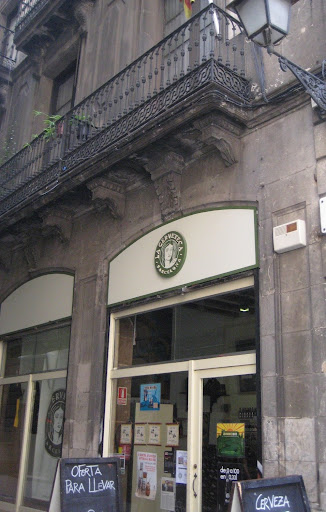Ah, Belgium. Or, as it ought to be officially known, beer-geek heaven.
Home to the funky and the sour, the super-strong and slightly less than super-strong, the rare and the revered, the groundbreakers and the often imitated.
So, one can understand how a beer that does not, truth be told, fall in any of the above categories might slip through the cracks and largely miss out on the devotion and the accolades heaped on its brethren.
That is Belgian Pale Ale.
And yet, consider that this is a style that is among the most popular in its homeland – and in Belgium's case, as opposed to the U.S. and most of the rest of the world, a beer's popularity is not, in fact, inversely proportional to whether it's worth a damn.
Still, among American beer connoisseurs, Belgian Pale Ale (henceforth BPA) is an often overlooked style, disregarded in favor of bolder choices like Belgian Strong Dark and Gueuze.
But what makes BPA neglected also makes it great: namely, balance and harmony among ingredients and flavors. It's an average-strength beer, moderately malty, neither over- nor under-hopped, with a touch of restrained esters from Belgian yeast. In places like Antwerpen, especially, BPA serves as the equivalent of the English Bitter – easy-drinking and session-worthy. Antwerpen's De Koninck is the standard bearer for BPA.
So all that was roughly the idea when I set out to craft my own.
Here's what I came up with:
 OG 1.049 FG 1.013
OG 1.049 FG 1.013AA 73.7% ABV 4.8%
IBU 40 SRM 7
67% German Pilsner
17% German Munich
8% German Vienna
4% Aromatic
2% Biscuit
2% Crystal 20
0.77 oz Perle FWH (14 IBUs)
0.4 oz Yakima Magnum 60 mins (19 IBUs)
0.5 oz East Kent Goldings 20 mins
0.5 oz Saaz flameout
0.5 oz East Kent Goldings flameout
White Labs 400 "Belgian Wit Ale"
This yeast was chosen because I had it in my rotation for Witbiers and White Labs indicated this particular strain is appropriate for the style, besides. This was fermented in the high 60s to low 70s.
It has medium esters early on before sliding into a moderately dry and bitter finish. There's a little spice on the finish, as well, no doubt from the Witbier yeast. The nose is subtle on all fronts – some hops maybe and a little fruitiness, but not too much of anything sticks out.
I intentionally overshot the style guidelines on IBUs because, well, I was looking more for a reasonably hoppy Belgian beer and less so for a spot-on BJCP-approved specimen. Still, it's reasonably restrained for hophead standards.
This beer drinks easily and is a nice change of pace from the more steroidal Belgians we might normally reach for on the one hand, and the citrusy hop showcases we often find in Pale Ale-type beers (if you're drinking American and not English, of course) on the other.
Restraint and balance have their place, and they demonstrate their virtue in a lovely style like Belgian Pale Ale.
But one can't help but be enticed – how about a nice, outrageous Belgian IPA? ...




 Among the U.S. brews for sale: Anchor’s Old Foghorn; Flying Dog Snake Dog IPA and Gonzo Imperial Porter; Left Hand Guju Ginger and Milk Stout; and Great Divide Titan IPA and Yeti Imperial Stout. In a state of delirious hop deprivation, it’s tempting to reach for an expensive bottle of American IPA to ward off those serious withdrawal symptoms. But that temptation should be avoided, if possible.
Among the U.S. brews for sale: Anchor’s Old Foghorn; Flying Dog Snake Dog IPA and Gonzo Imperial Porter; Left Hand Guju Ginger and Milk Stout; and Great Divide Titan IPA and Yeti Imperial Stout. In a state of delirious hop deprivation, it’s tempting to reach for an expensive bottle of American IPA to ward off those serious withdrawal symptoms. But that temptation should be avoided, if possible.


